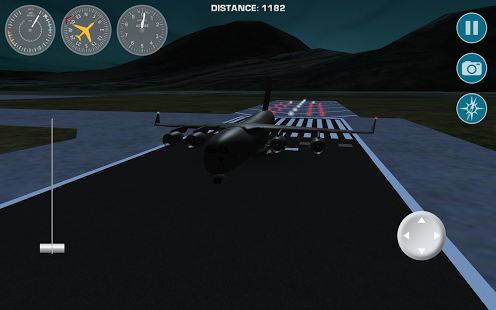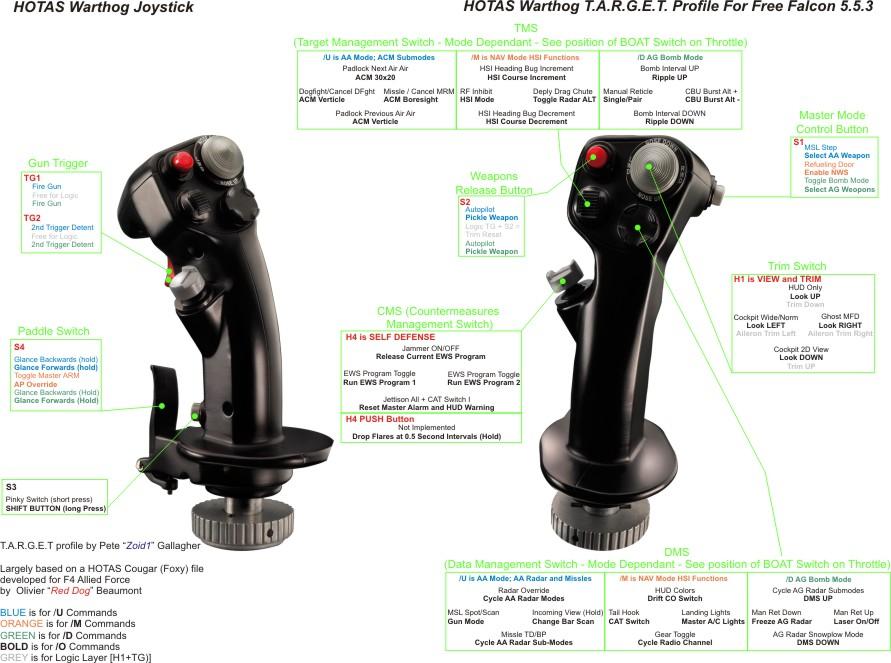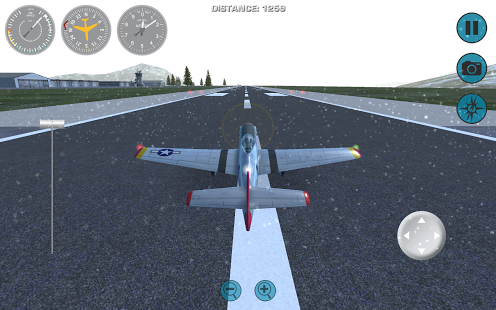

Note: Rolling into the groove, the ball should appear either centered or slightly high. At the 45 the aircraft should be crossing the wake of the carrier, altitude should be 325-375ft AGL, and the ball should appear to rise.At the 90, altitude should be 450ft AGL, and VSI should increase to 500fpm.Too long or too short in the groove and the LSO can wave you off, so it is paramount that the approach turn be performed at the proper position. Proper time in the groove is limited to only 15-18 seconds. Once abeam the LSO shack (or when the white of the round down is visible), the aircraft will increase VSI to approximately 200-300fpm and begin a 27-30 degree AoB turn.Once turned downwind, the aircraft will descend from 800ft AGL to 600ft AGL (the carrier pattern is flown at 600ft), and the aircraft will ensure it has proper lateral separation (abeam distance) from the carrier so as not to overshoot or undershoot on the approach turn.Landing checklist: 3 down and locked, flaps full, hook down, antiskid off, dispenser off, on speed XXX.Reaching the carrier, the flight will then perform the carrier break on their interval, ensuring that aircraft will arrive in 60 second intervals.The flight will then side-step to the right of the carrier island, and begin looking for their interval."123 flight of x, initial", ATC will then give the required instruction.Glossary items have been italicized for ease of reading. I will hence refer to '123' as the default side number.įor simplicity's sake we'll pick it up at initial. This is not the buno number (military aircraft don't have N numbers), it is a squadron specific identifier. Side number: The 3 digit number assigned to the aircraft.On speed airspeed can be approximated by the aircraft weight, but the term on speed does not refer to airspeed specifically, but units of AoA. On speed: the proper AoA that will achieve the correct hook angle to catch the target wire of the carrier.Interval: the specific aircraft in the pattern whose approach will commence just prior to yours, and whose separation you are responsible for not violating.Initial: on BRC, 3-5nm behind the ship, 800ft AGL, 350+kts, the starting point for the day approach.Groove: the final portion of the approach (what civilians might call short-final).The course at which the ship is currently traveling, which does not include the offset for the angled deck. Carrier Break: A type of left hand overhead performed at 800ft AGL and 350+kts (for hornet guys).

Ball Call: Format: "(Side-number) (aircraft type) ball, (fuel-state), (auto-throttles)" Example: "123 Rhino ball, 9.0".Aircraft should strive to keep the ball on the happy side. If the ball is below the datum, the aircraft is low, and if its above the datum, the aircraft is high. A green horizontal row of lights (known as the datum) indicates proper glide slope. (The) Ball or Meatball: an orange orb of light emitted from the IFLOLS.Each respective position indicates the number of degrees left in the turn prior to rolling out in the groove.



 0 kommentar(er)
0 kommentar(er)
